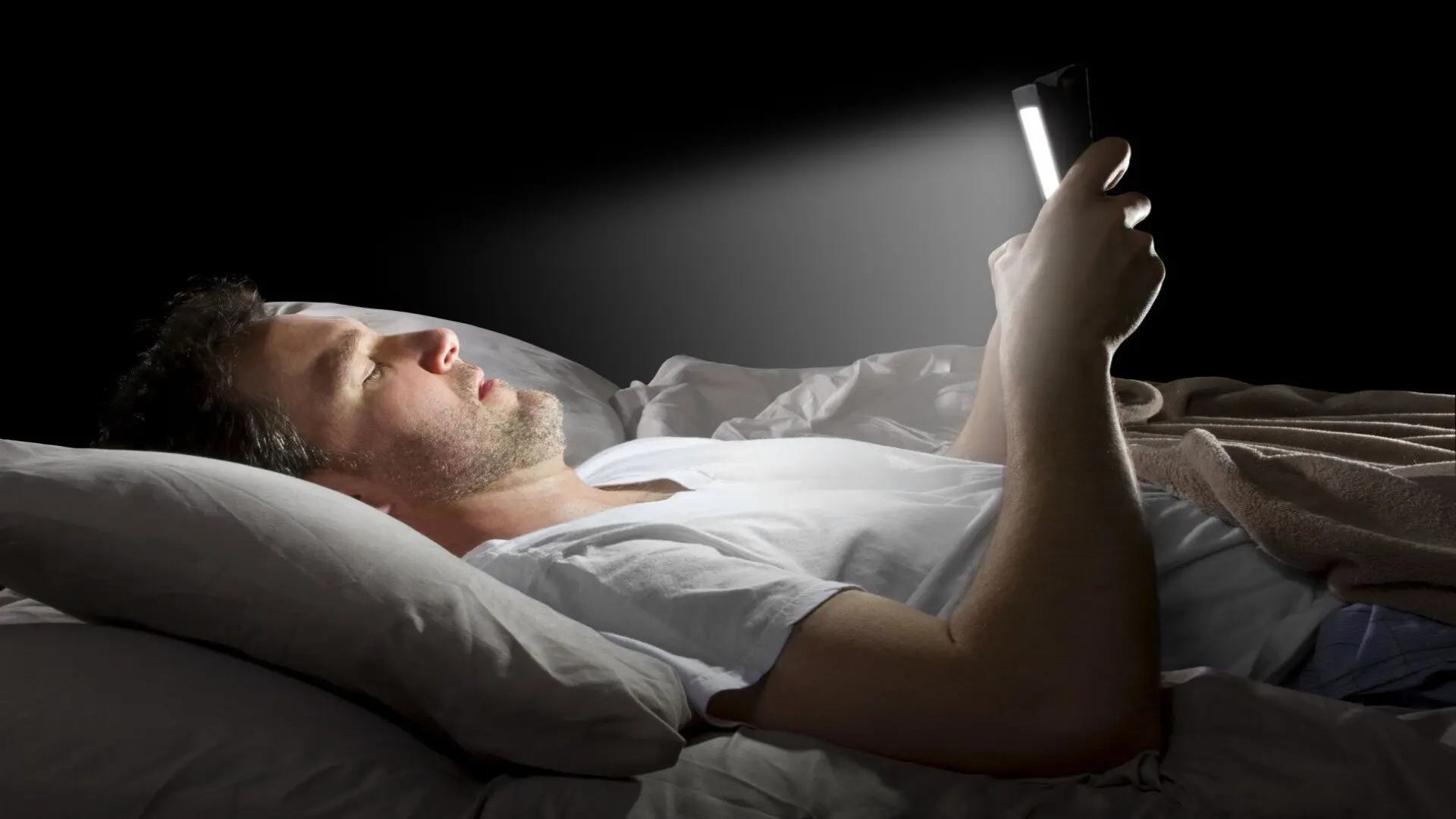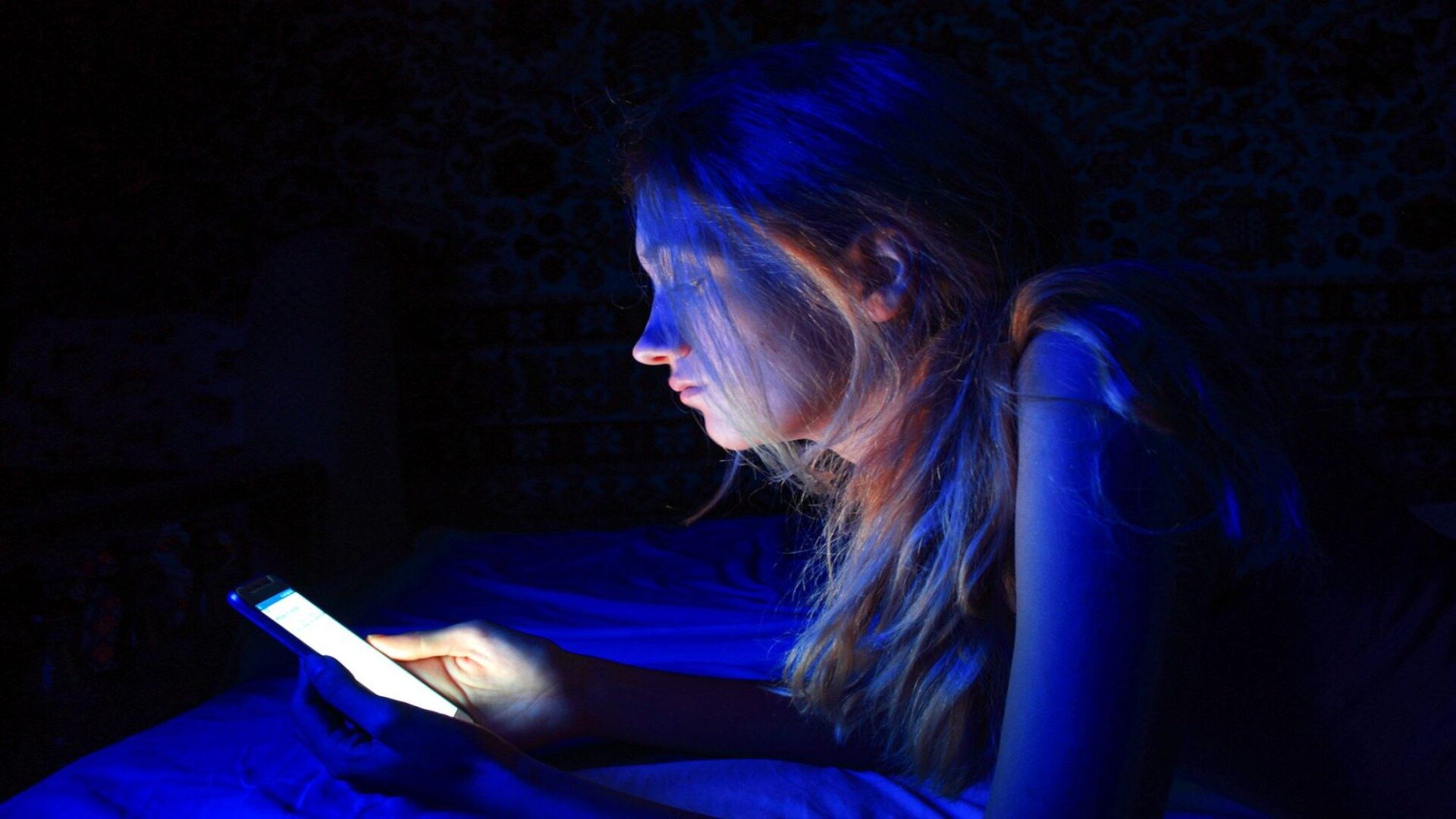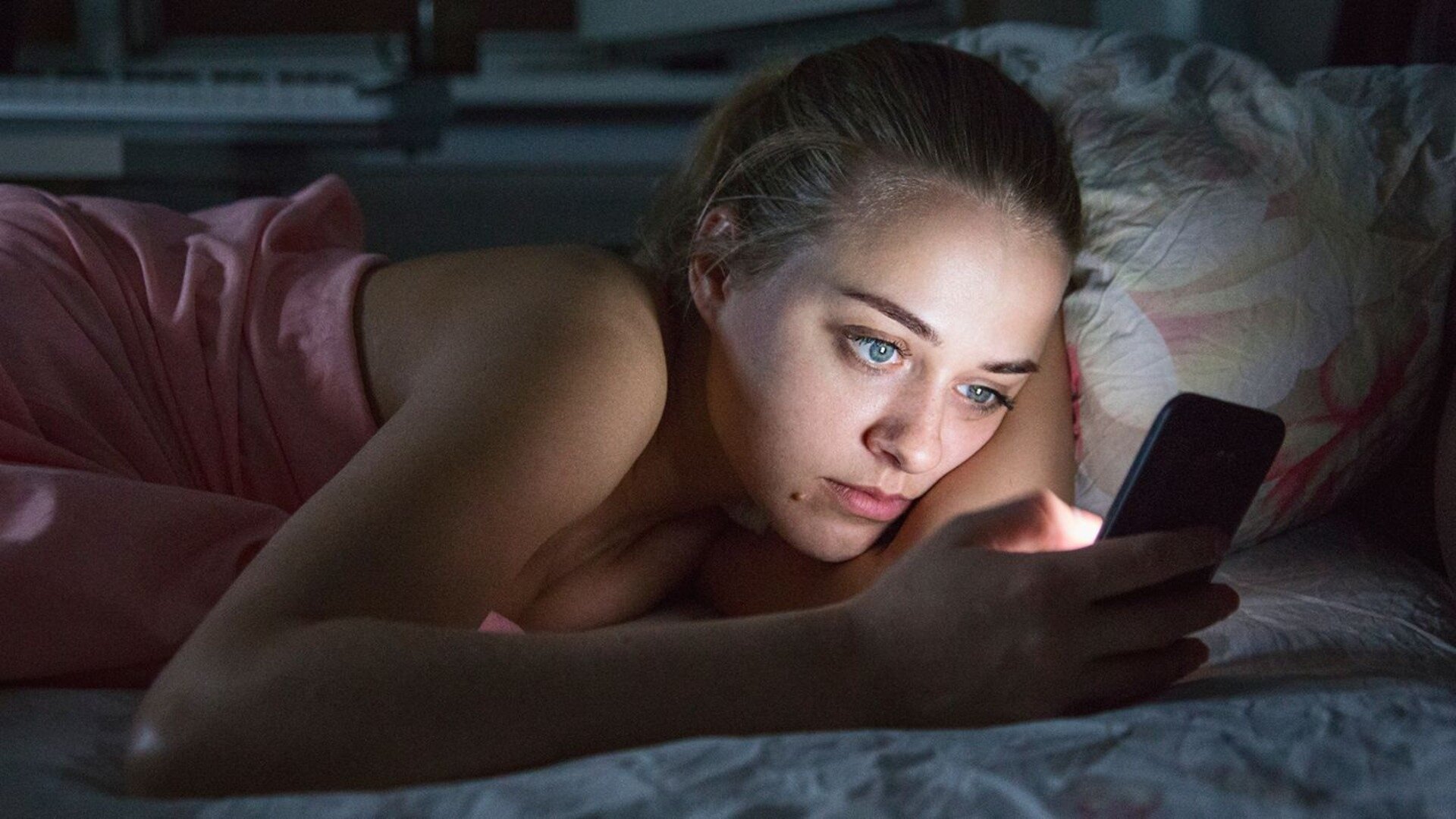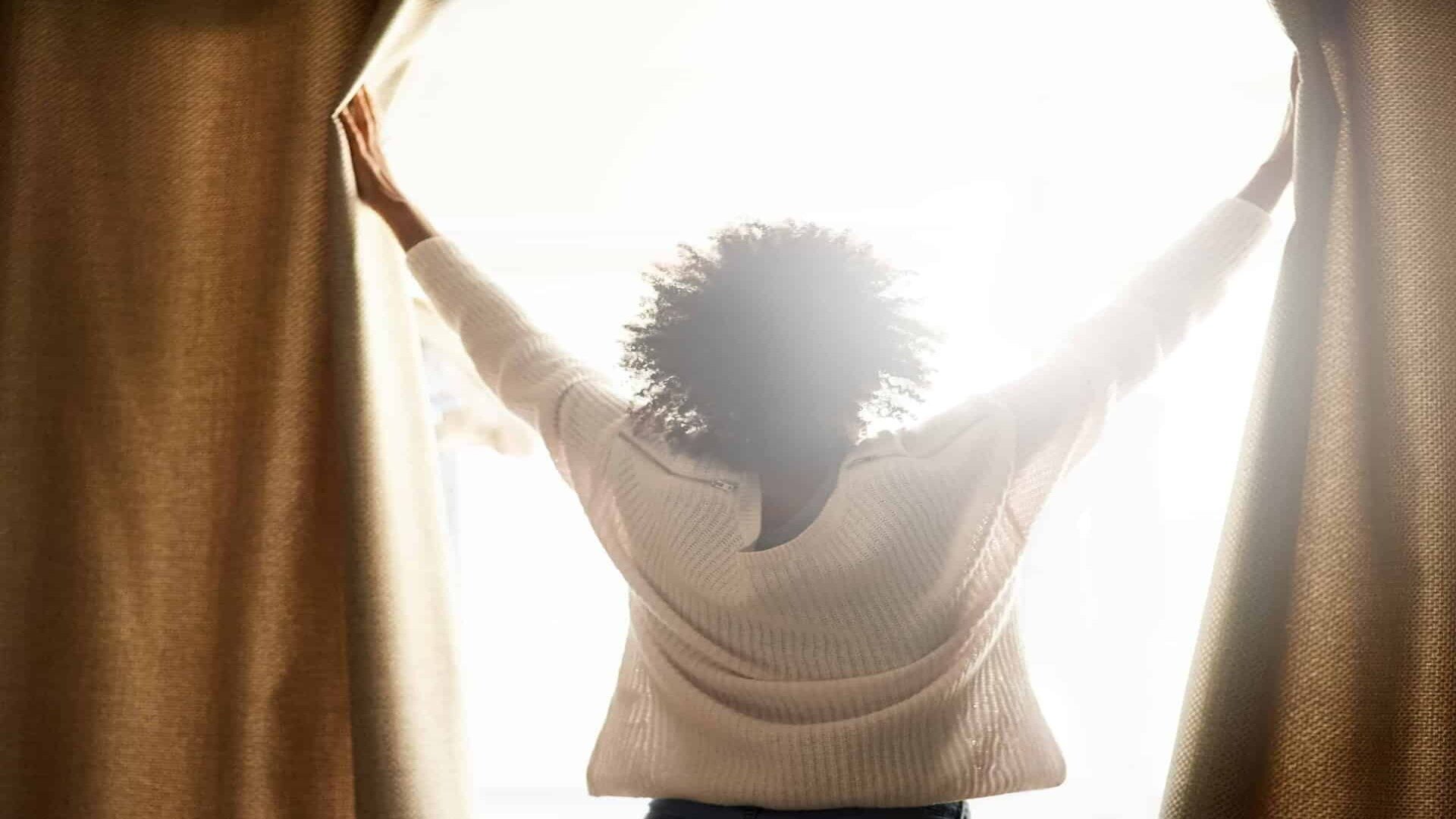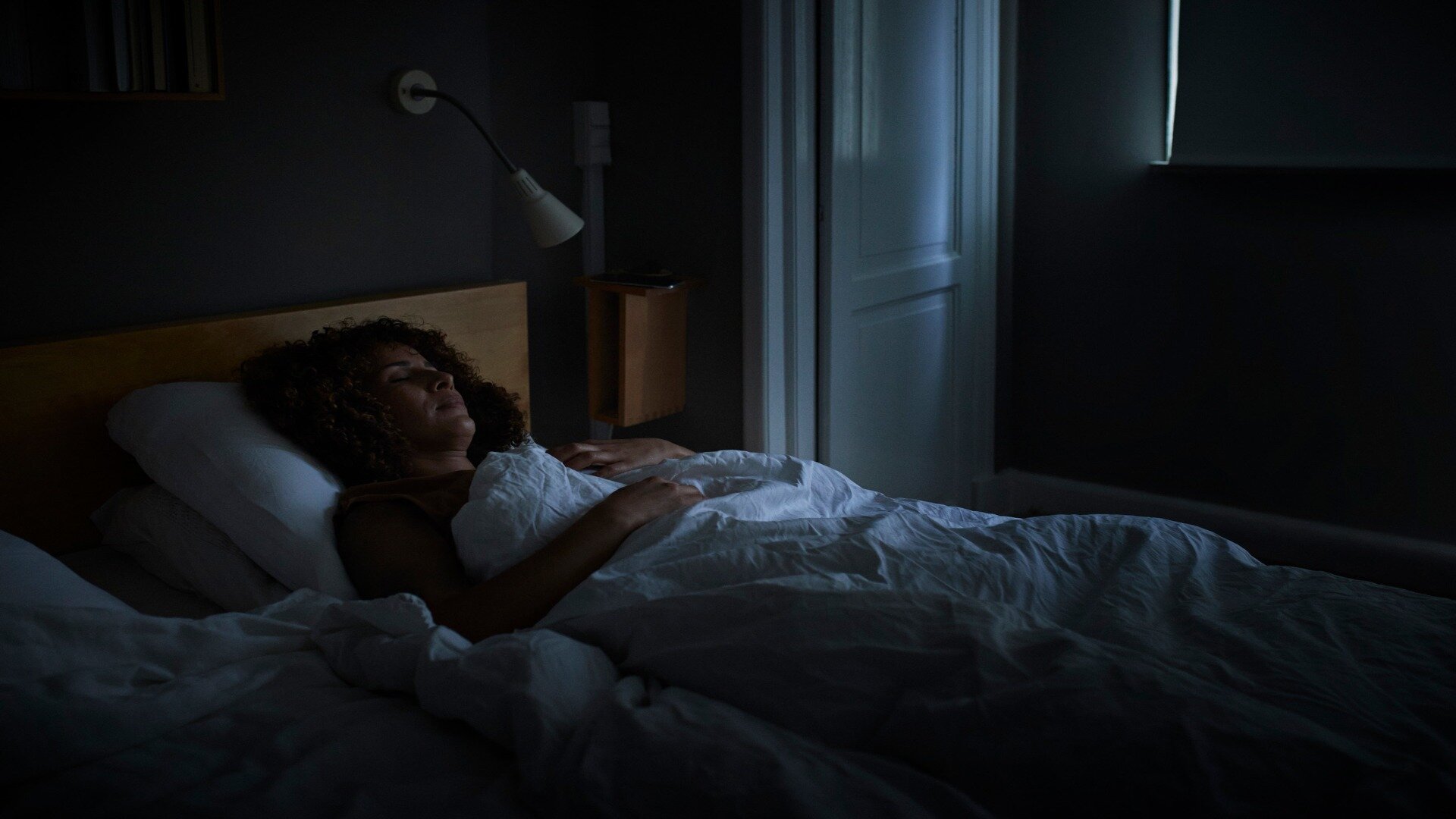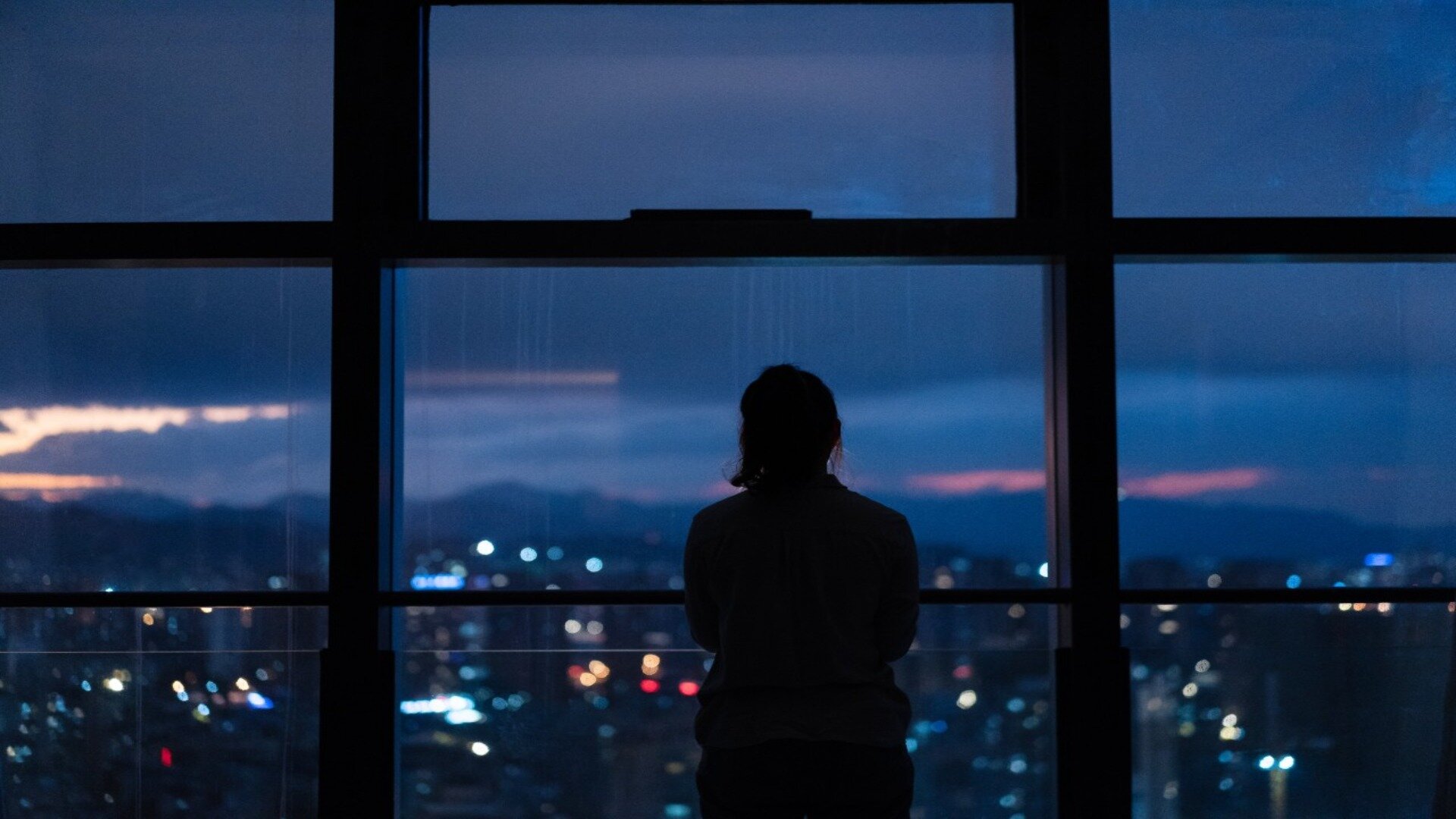![2023 11 Blue Light At Night Blue Light Night]()
We’re always told that light is vital for our health, mood and productivity—but have you ever stopped to think about why? Our bodies have an internal circadian rhythm that regulates behaviours and physiological processes like sleeping and waking over a day. At the heart of this rhythm is how our bodies respond to light.
Specific wavelengths of light cue our brain to release hormones like melatonin and cortisol at the correct times. But in today’s world of artificial light at night and bright screens, our natural exposure to light has changed dramatically. New research is finding links between disrupted circadian rhythms from modern lighting and issues like sleep problems, obesity, depression and even breast cancer.
In this post, we’ll explore precisely how different types of light exposure can throw our hormones out of whack. You’ll learn best practices for lighting your home and workplace to support good sleep, focus and overall wellness. A few minor adjustments to when and how you light your life could yield significant health benefits. Let’s dive into how light affects our body and mind.
How Light Impacts Our Circadian Rhythms
Our body has an internal circadian rhythm that regulates sleep-wake cycles and physiological functions over 24 hours. The suprachiasmatic nucleus (SCN) is the key to running this rhythm, a group of cells in our brain.
The SCN functions as our internal clock, regulating the distribution of hormones like melatonin and cortisol during the day. These hormones affect how sleepy, alert, or energetic we feel. Daily light exposure provides key signals to keep the SCN clock in sync.
![2023 11 Limiting Light Especially At Night Limiting Light Night]()
The most potent cues are specific wavelengths of light, incredibly blue light. In the mornings and daytime, exposure to outdoor lighting or typical indoor lighting suppresses melatonin and boosts cortisol, making us alert. Our natural cycle involves melatonin rising after sunset to induce sleepiness. The SCN rhythm coordinates all our daily fluctuations and behaviours.
The Blues Have It: Evening Light Exposure and Melatonin Suppression
While some light is essential during the day, light exposure in the evenings can disrupt our circadian rhythm. Melatonin production is typically boosted after dark, making us sleepy. However, modern digital devices and energy-efficient lighting emit a lot of short-wavelength blue or artificial lighting.
More blue light strongly suppresses the release of melatonin from the pineal gland. Even brief exposure 2 hours before bed can significantly reduce our body’s production of this sleep-inducing hormone. The body’s circadian rhythm is regulated by our hormonal reaction to light intensity and wavelengths of light, affecting our cognition, blood pressure, immune system, and metabolism and controlling our sleep or wake cycle.
![2023 11 Blue Light And Sleep Blue Light Sleep]()
With melatonin levels low, it may take us longer to feel drowsy and fall asleep. Over time, inadequate or poor-quality sleep is linked to severe human health issues like seasonal affective disorders. To avoid this "melatonin suppression effect," it is best to minimise or eliminate backlit screen usage and blue-heavy light sources for a few hours before bed.
Simple solutions such as turning off electronic devices rather than leaving them on standby, reducing screen time at night, wearing a sleep mask, and choosing dimmer light lamps that do not emit blue light can mitigate these effects. Exposure to brighter light in the morning can help reinforce your body’s natural wake-sleep cycle.
Your body will thank you with better quality shut-eye when you minimise blue light disruption to your circadian rhythms before bedtime.
Get Your Dose of Daylight
Spending time outdoors in natural daylight benefits our health and well-being. Daylight is rich in high-intensity blue wavelengths that signal the circadian system. This causes the SCN to reduce melatonin and boost serotonin and dopamine, hormones that enhance mood, focus and energy levels.
Even on cloudy days, natural sunlight is several times more intense than typical indoor lighting. A short walk outside or sitting near a sunny window during work hours helps optimise hormone levels. Some studies have shown links between insufficient daylight exposure and increased risk of depression, especially in the winter.
![2023 11 Woman Open Windows Expose To Sunlight Woman Open Windows Expose Sunlight]()
Make it a priority to get at least 1-4 30-60 minutes of daylight each day, whether through outdoor activity, gardening, or opening the blinds wide while working from home. Absorbing ample blue light during waking hours promotes alertness and lifts mood, making you happier and more productive throughout the day.
Proper exposure to natural light helps synchronise your internal clock and circadian rhythms. When possible, utilise lighting solutions that mimic the sun’s energising blue-enriched light spectrum during the day to boost focus and vitality. Our bodies evolved to stay aligned with the natural light-dark cycle.
Finding the Right Light
Proper lighting levels and quality make a big difference in focus, fatigue and well-being. Too much light pollution can create eye strain and restlessness. However, electric lighting that is too dim may leave you feeling lethargic.
For task lighting, the best options have a colour temperature ranging from 4000K to 6000K, which resembles daylight. Warmer tones around 2700K-3000K work best for relaxation. Task lighting should ideally deliver 300-500 lux, whereas softer lighting needs just 100-200 lux. Position lighting thoughtfully to illuminate workspaces and minimise shadows.
![2023 11 Sleeping Light Sleeping Light]()
Brighter light sources near your workspace can improve daytime productivity. In the evening, switch to warmer bulbs gradually. Full-spectrum bulbs that mimic natural sunlight can enhance the lighting mood effectively.
Finding the right balance of lighting levels and tones is vital to productivity and recharging without eyestrain at home or in the office.
The Sleep Solution
Getting quality sleep is vital for your overall health and mood. Light at night is part of the reason so many people don’t get enough sleep. Switch to low-intensity lighting a few hours before bed to support your circadian rhythm and slumber. Save bright-screened devices and LEDs for earlier in the day.
Dim your lights to below 200 lux in the evenings using soft white bulbs no bluer than 2700K. The bedroom should be very dark - use blackout curtains if needed. Expose yourself to as much morning brightness as possible to help regulate your biological clock.
![2023 11 Woman Standing In Front Of Large Window Woman Standing Front Large Window]()
Avoid eating, exercising or stimulating activities in the 1-2 hours before hitting the hay. Establish a regular wind-down routine at night, such as reading or relaxation techniques. Also, get exposure to natural daylight during waking hours.
With the proper lighting at the correct times, your body will find it easier to produce melatonin for sleep. These strategies can help you sleep soundly and feel refreshed every morning.
Lighting Up Your Health
We’ve covered how lighting affects health and various aspects of health. Understanding light’s influence on hormones lets you customise your exposures. Small adjustments to morning bright lights, evening dimming, and screen habits can significantly benefit your sleep, mood, and long-term wellness.
Your circadian system will receive the correct signals by utilising full-spectrum bulbs and following the lighting best practices discussed for tasks, relaxation and sleeping. Taking control of your light exposure throughout the day is vital to lighting up your health from the inside out.
For help assessing lighting needs or recommendations on quality fixtures and bulbs, contact the lighting experts at BrightForce Electrical. As your local lighting specialist, BrightForce Electrical can analyse your home or office lighting and offer customised solutions to support your well-being and productivity. Their professional consultants are ready to ensure your space has the proper lighting for optimal health.




